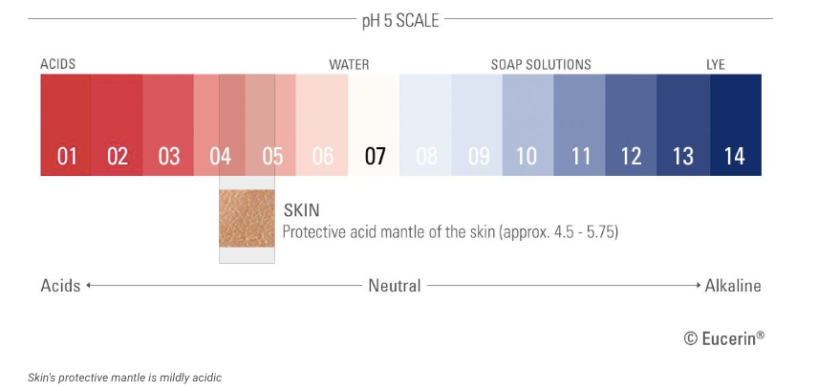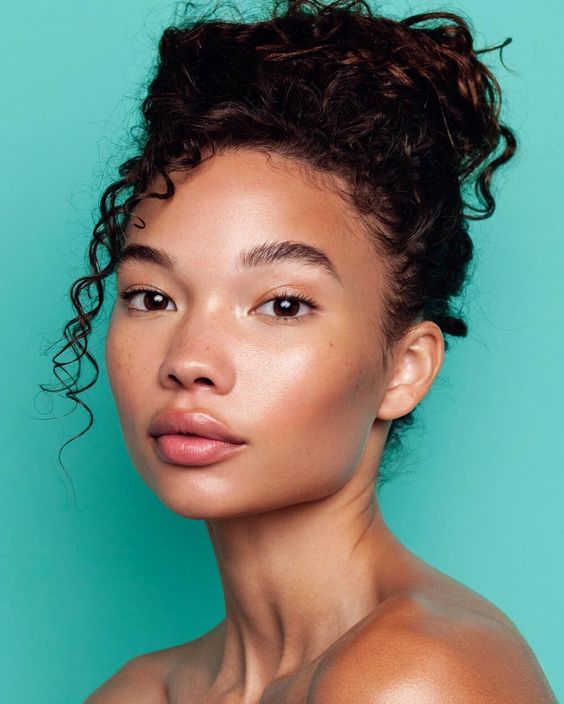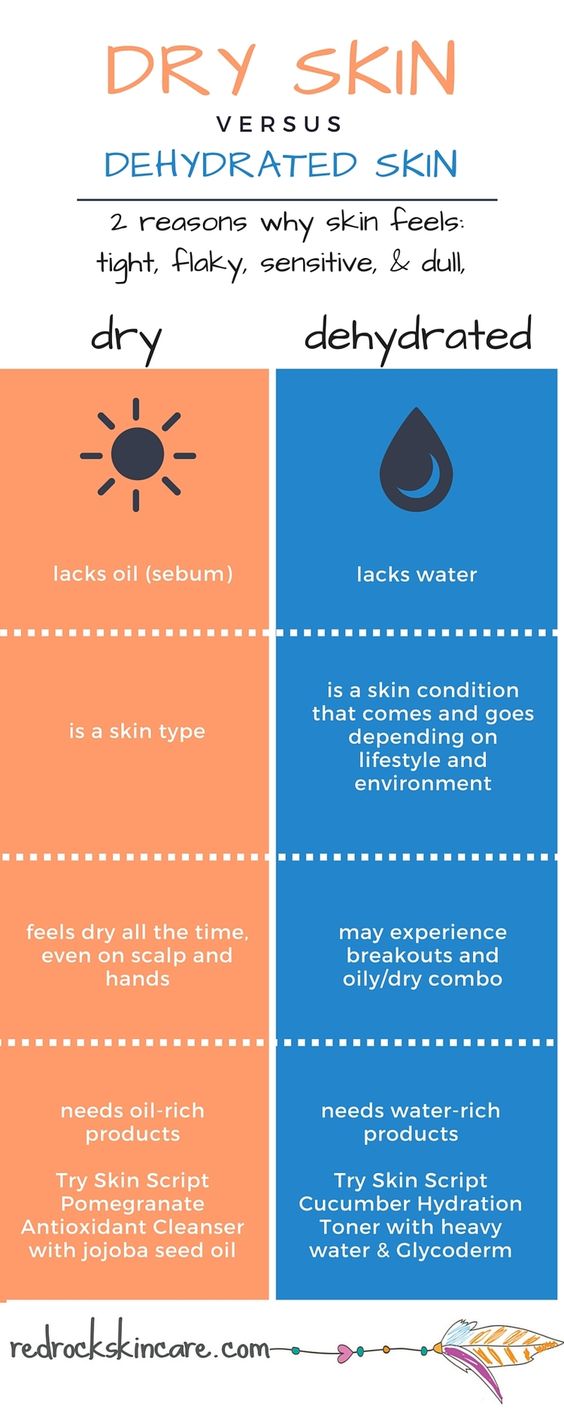I have been contemplating for the longest time whether or not I should talk and share my knowledge on skin care. Since skin is such a huge deal and I’m not a dermatologist, I was afraid to give out wrong bits of advice. So if I do make a mistake in this post and all my future posts, do let me know!

Anyways, now I’d like to think that I kinda know my shit *cough*
Ok but seriously though, I’m here to share all I know about skin and what I have learned along the skincare journey. I have been in the skincare game since I was 16, I’m 21 now and it was a very painful, frustrating and expensive journey, trust me. Only after 5 years, I’m starting to understand my skin, skin in general and what my skin needs. Along the way, I might suggest some products but most of the time I won’t because like I said, I’m not a dermatologist, I don’t want to ruin your skin and life, so I’ll be giving (hopefully useful) information and it would be ideal to do your own research and to further look into products for your skin type.
Let’s start with understanding the skin a little more:
Skin’s pH:
Also known as the Acid Mantel is responsible for protecting our skin from inside against any external elements. For example, it helps shield against bacteria and environmental pollution. Balances water and regulates our skin’s oils. The pH level of the skin refers to how acidic or alkaline it is. On a scale of 1-14, 1 being the most acidic and 14 being the most alkaline.

Normally, our pH levels should be anywhere between 4 to 6.5.
- If the skin’s pH is below 4 = acne-prone, oily, redness and inflammation.
- If the skin’s pH is over (approx) 6 =dry, sensitive, redness, inflammation, sun damage, wrinkles
There are many factors which can throw off our skin’s pH levels, internally and externally. Everything from our age to the climate you live in and lifestyle. Diet plays an important role when it comes to determinating our external and internal pH levels. I found a very interesting fact, any food that is considered acidic before digestion (like lemon) becomes alkaline-forming once digested into the body. Most animal products (meats, eggs, milk) are alkaline prior to digestion, are considered acidic-forming in the body. Therefore, our diet needs to be less acidic than alkaline, otherwise, we will become too acidic internally. Some alkalizing food: leafy green vegetables, soybeans, citrus fruits, carrots and so much more. Swap out sodas and coffee (ouch, I love my coffee) with water and green juice. Include more plant-based products such as beans in your meals. Sweeten up your coffee or food with natural sweeteners like honey or maple syrup. Limit your intake on processed foods and opt for more organic produce, like grass-fed, free-range or wild-caught beef, poultry or seafood.
My diet:

I believe that having a clean diet does really make a difference when it comes to your skin and your overall health of course. Personally, I’m someone who does not eat a lot of red meat (I used to cut it out of my diet completely but recently went back to it, though I want to try cutting it out again) which I feel contributes a lot but obviously, I’ll sneak in a cheeky cheeseburger once or twice a month, then I’ll have those days where I can’t be f to cook so I’ll make some instant noodles or order takeout, which is ok cause, hello, we all deserve cheat day(s).. I prefer eating more fish (salmon and cod) or chicken and I try to buy my meats from the market (when I have the time) instead of the supermarket, also cause #supportlocal. I always buy free-range eggs as well, meaning the cute chickens are free to roam and not cooped up behind metal fences and will pop out the eggs whenever they desire.
I haven’t actually had cow’s milk for about 2 years now? I remember testing if milk caused me to breakout by eating cereal every morning with milk for 3 days straight and boom, I broke out all over my forehead and chin. Since then, I avoid milk at all cost if possible (unless the coffee shop doesn’t offer dairy alternatives, losers). Now I drink either almond, coconut or oat, but most of the time its almond. My favorite brands are Rude Health, Blue Diamond, and Alpro. I don’t consume a lot of sweets either, like chocolate or candy and I drink my coffee without sugar, alternatively, I use syrups. I don’t drink sodas, mainly juices (which I try to make my own at home) and water. I snack on a lot of fruits like oranges, bananas, grapes, pineapples, and strawberries (sometimes if I’m feeling fancy I’ll add a few lemon slices to my water.) All in all, eating vegetables is not a problem for me at all. I actually really love my veggies ❤ I think that’s basically my diet.
Moving on to…
What’s your skin type?

There are five main skin types: normal, dry, oily and combination. Your skin type is determined by your genetics, so go ahead, blame your parents, but if you have great skin, go thank your parents now AND be thankful. Don’t be one of those people who say “oMg I only uSe waTER 2 wAsh mY FAcee WhY d0 U SpEND SOO mUch On SKin CAre” and “eWw AcNe” seriously. Not everyone is blessed with good skin and can wash their face with soil and it’ll still be smooth and clean. Having “bad skin” and acne can really hurt someone’s self-esteem, so don’t be an asshole to them. Ok sis I got a bit emotional there.
Normal Skin Type
Those with normal skin type is commonly used to refer to well-balanced skin. These individuals don’t suffer from oiliness or dryness, even when it does occur, it tends to be easy to resolve. When it comes to pores, normal skin type’s pores are small or not easily visible. Normal skin also doesn’t normally have excess shine and it doesn’t tend to be flaky or crusty.
Dry Skin Type
Those with dry skin may feel tightness in their skin, there may be also flaking of the skin and dry patches. Dry skin also generally have invisible pores, but may suffer from premature wrinkles and regular irritation to the skin.
Basically, the reason is that your skin isn’t producing enough oils.
Oily Skin Type
Those with oily skin will have a great deal of shine on their skin and may suffer from terrible breakouts. Also, some individuals may have enlarged pores and clogged pores.
What causes oily skin? Well, for the most part, it’s genetics and hormonal changes.
“Those with a genetic predisposition to active oil glands produce a higher amount of sebum, an oily substance created to help keep the skin soft and hydrated. This oil flows from inside the epidermis to the surface of the skin through pores and hair follicles. When the body experiences a fluctuation in hormone levels, it signals the production of androgens, a male hormone present in both men and women.
The production of androgens stimulates an increase in sebum production, but when an excess of this oil is produced, it can expand the size of the skin’s pores and result in blockages that become pimples and other acne blemishes. Oily skin is more prone to acne breakouts and may feature a plethora of blackheads, whiteheads, and pustules or papules. Your pores may be more visible because of their size expansion, and your skin may appear greasy throughout the day. If you wear makeup, you may find it slides off quite easily.”
Combination Skin Type
Those with combination skin have the best of both worlds. Oily on some parts of the face, generally it would be the forehead, nose, and chin (t-zone) and dry elsewhere, like the cheeks. Many confuse combination skin for oily skin unless your skin is oily all over, the other portions of the face is dry or normal, this would qualify under combination. Even though combination skin is the most common, it can be difficult to identify and treat, cause since the individual would have to deal with both dry and oily skin, finding the right regiment to deal with the oiliness but not to the point where it’s too harsh for the dry areas.
Sensitive Skin
Sensitive skin may show characteristics of dry, oily or combination skin but they deal with a great amount of redness irritation. Normal skin may also experience sensitive skin, but generally, they don’t overlap. Those with this skin type should avoid chemical-based skin products and opt for more natural products. Sometimes sensitive skin can be caused by other skin conditions like rosacea or allergies.
BUT have you heard of dehydrated skin?
It is not the same thing as having dry skin, it has to do with the lack of water/moisture in your skin, not oil. People confuse oil production with hydration. While dry skin is a skin type, dehydrated skin is a temporary condition/skin condition. ANY skin type can become dehydrated.
Dehydrated skin can be caused by external elements (weather and seasonal changes), an unhealthy diet and lifestyle choices.

And that’s it for now! The next post I’ll be talking about skin care routines/regime (cleansers/toners/masks/serums etc) for certain skin types. I hope this post was helpful and informative! Thanks for reading! x
Find me on:
Disclaimer: I do not own any of these photos, credits to the owner 🙂



One thought on “// Let’s talk about skin care: Part 1 // The basics //”